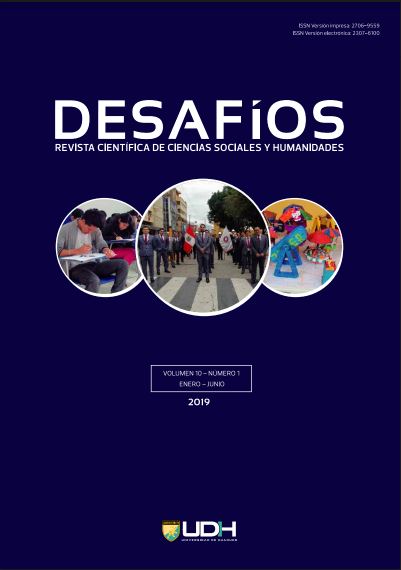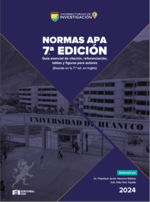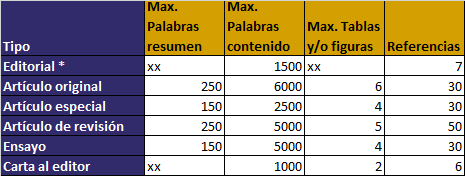Computer system to optimize the attendance control of students of Universidad de Huanuco
DOI:
https://doi.org/10.37711/desafios.2019.1.1.60Keywords:
Mobile application, attendance control system, Windows Server, APP, Android.Abstract
Objective. To implement a Computer System to optimize the attendance control process of students of School of Systems and Computer Engineering from the Department of Engineering of Universidad de Huanuco, 2018. Methods. The research had an application level, of a technological type because information and communication technology were used for the development and application of this research. A pre-experimental design was used and it was applied in the same group with a pre-test and post-test. Population comprised of 12 students and 245 teachers from the Department of Engineering. The sample was determined in a non-probabilistic way, based on the number of users of the system of the School of Systems and Computer Engineering. Results. The optimization of the attendance control process of students of the School of Systems and Computer Engineering was demonstrated. In a pre-test, only 2.4 % of survey respondents chose very good among other options in the scale of the evaluation instrument. On the other hand, the post-test had a higher level of acceptance 91 %. They chose very good among other options in the scale. This showed an increase of 88.6 %. Conclusion. The process of attendance control of
students of the School of Systems and Computer Engineering from the Department of Engineering of Universidad de Huanuco has been optimized, through implementation of a computer system. It was possible due to the use of a mobile application.
Downloads
Downloads
Published
How to Cite
Issue
Section
License
Copyright (c) 2021 Desafios

This work is licensed under a Creative Commons Attribution 4.0 International License.
a. Los autores conservan los derechos de propiedad intelectual (copyright) de las obras publicadas, cediendole a la revista el derecho de primera publicación.
b. Los autores retienen sus derechos de marca y patente, y también sobre cualquier proceso o procedimiento descrito en el artículo.
c. Los autores retienen el derecho de compartir, copiar, distribuir, ejecutar y comunicar públicamente el artículo publicado en la RD (por ejemplo, colocarlo en un repositorio institucional o publicarlo en un libro), con un reconocimiento de su publicación inicial en la RD.
d. Los autores retienen el derecho a hacer una posterior publicación de su trabajo, de utilizar el artículo o cualquier parte de aquel (por ejemplo: una compilación de sus trabajos, notas para conferencias, tesis, o para un libro), siempre que indiquen la fuente de publicación (autores del trabajo, revista, volumen, número y fecha).
























